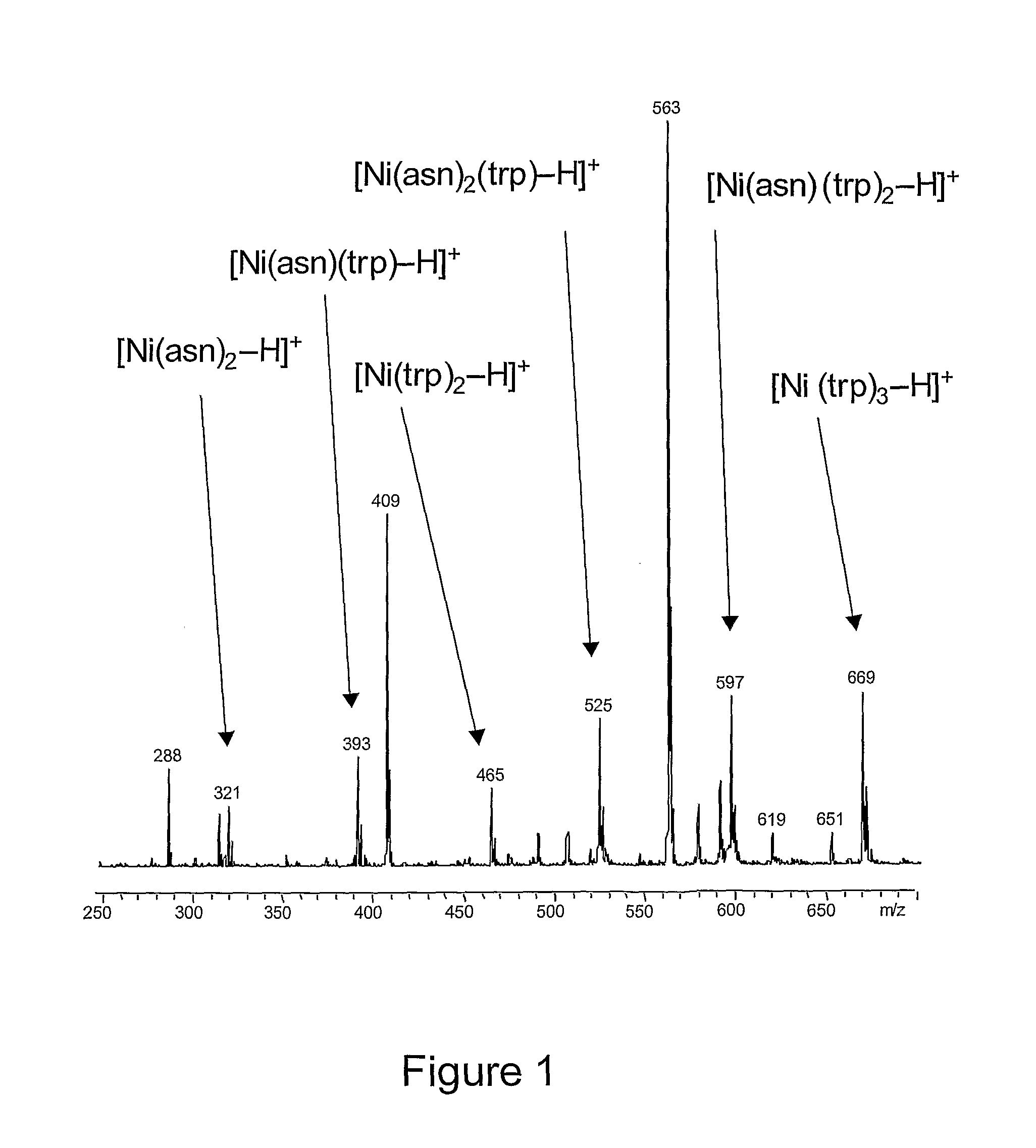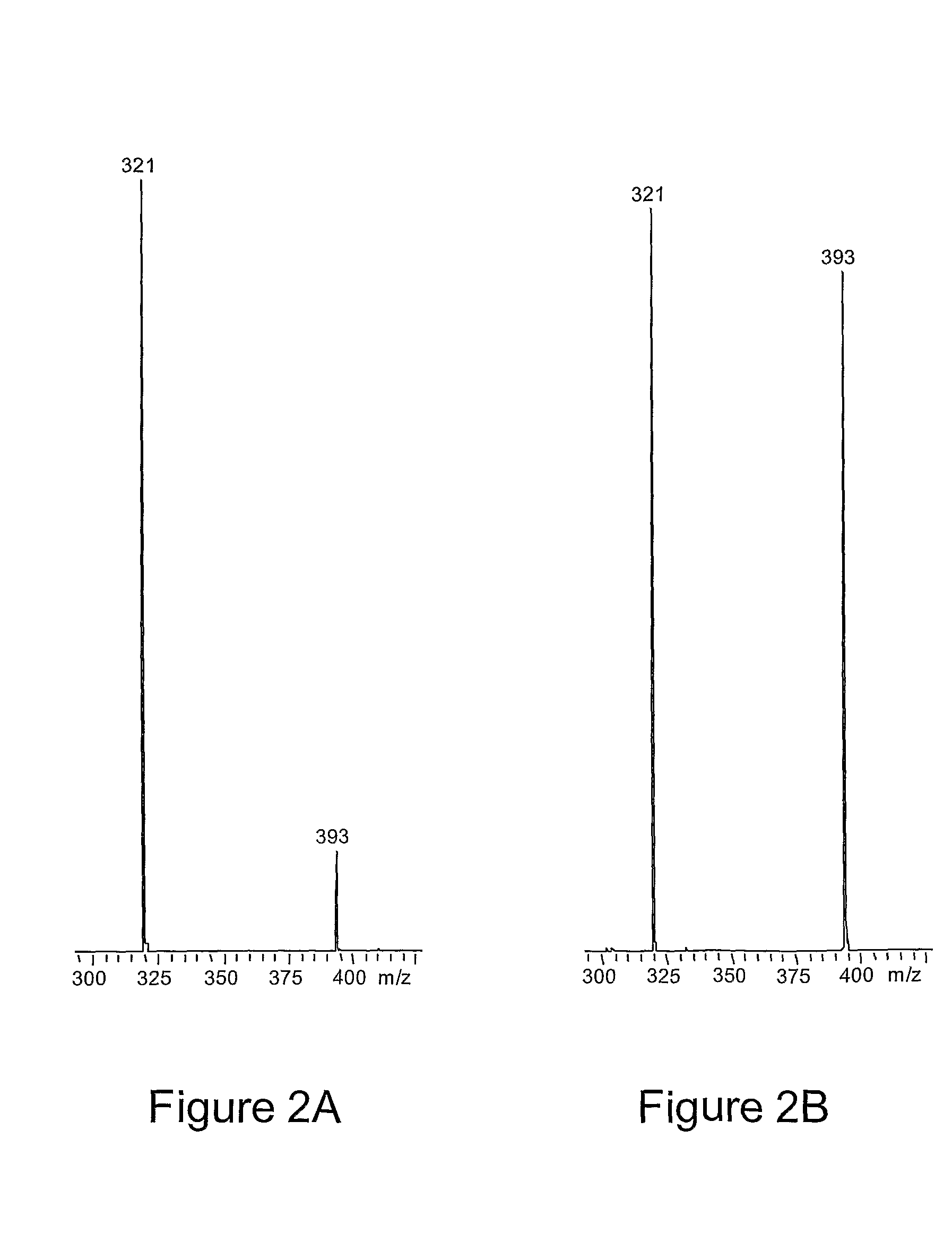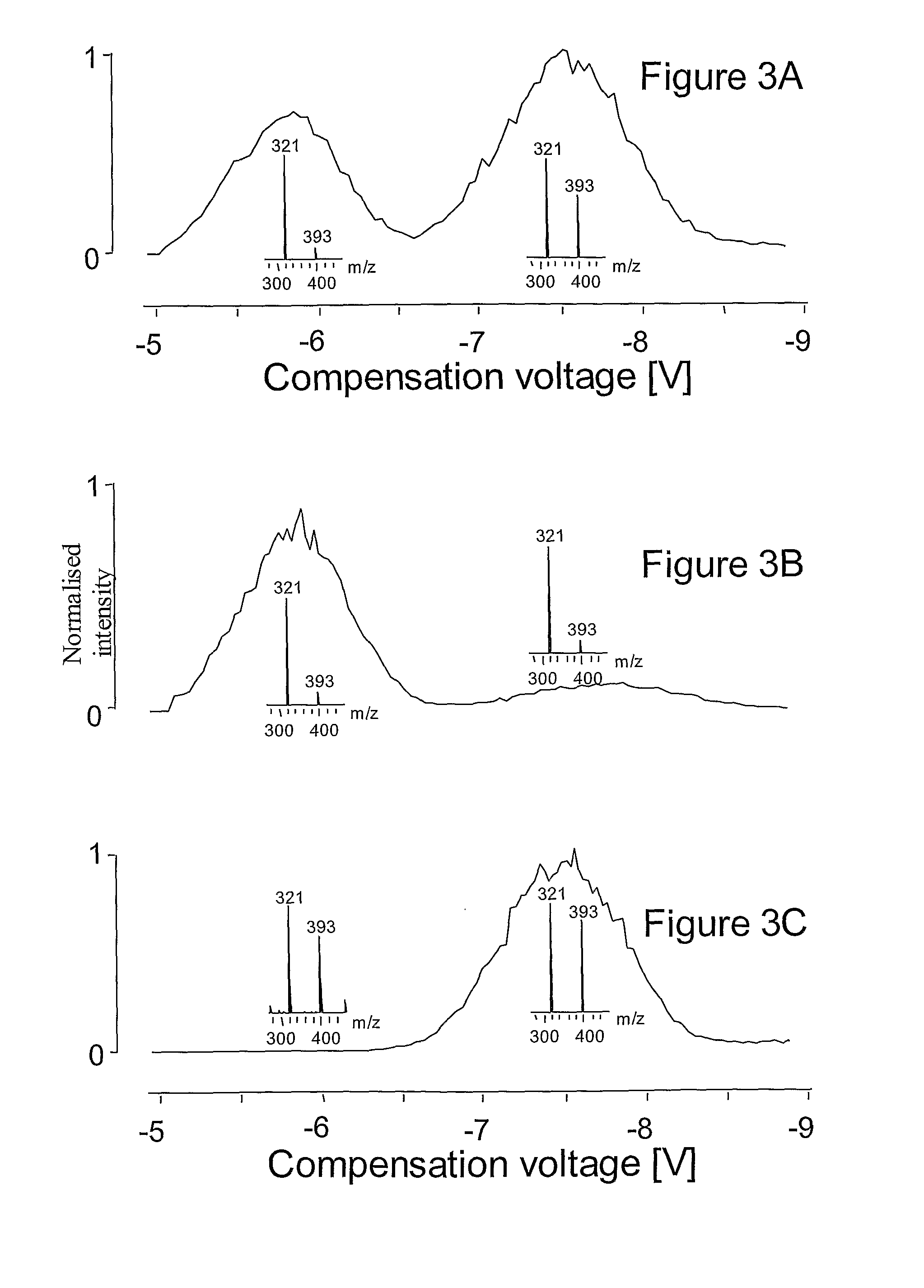Method for separation of molecules
a separation method and molecule technology, applied in the field of separation methods of molecules, can solve the problems of enantiomer analysis without a general solution, chromatography is often time-consuming, and the separation and analysis of sugar dimers of the same mass, but of different stereochemistry, so as to alleviate, eliminate or mitigate one or more of the above-identified deficiencies and disadvantages
- Summary
- Abstract
- Description
- Claims
- Application Information
AI Technical Summary
Benefits of technology
Problems solved by technology
Method used
Image
Examples
Embodiment Construction
[0045]Below, several embodiments of the invention will be described with references to the drawings. These embodiments are described in illustrating purpose in order to enable a skilled person to carry out the invention and to disclose the best mode. However, such embodiments do not limit the invention. Moreover, other combinations of the different features are possible within the scope of the invention.
[0046]Generally, all terms used in the description and claims are to be interpreted according to their ordinary meaning in the technical field, unless explicitly defined otherwise herein. All references to “a / an / the [element, device, component, means, step, reference compound, ion etc.]” are to be interpreted openly as referring to at least one instance of said element, device, component, means, step, reference compound, ion etc., unless explicitly stated otherwise.
[0047]Throughout this document, a molecule is called “chiral” if it is not superimposable to its mirror image. The term ...
PUM
| Property | Measurement | Unit |
|---|---|---|
| inner diameter | aaaaa | aaaaa |
| inner diameter | aaaaa | aaaaa |
| width | aaaaa | aaaaa |
Abstract
Description
Claims
Application Information
 Login to View More
Login to View More - R&D
- Intellectual Property
- Life Sciences
- Materials
- Tech Scout
- Unparalleled Data Quality
- Higher Quality Content
- 60% Fewer Hallucinations
Browse by: Latest US Patents, China's latest patents, Technical Efficacy Thesaurus, Application Domain, Technology Topic, Popular Technical Reports.
© 2025 PatSnap. All rights reserved.Legal|Privacy policy|Modern Slavery Act Transparency Statement|Sitemap|About US| Contact US: help@patsnap.com



